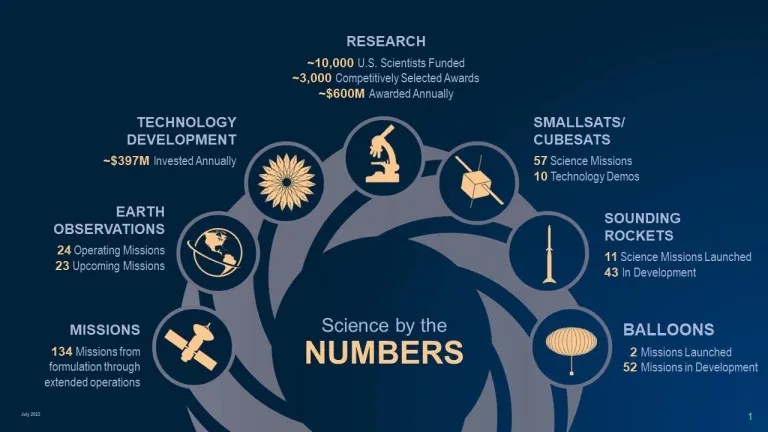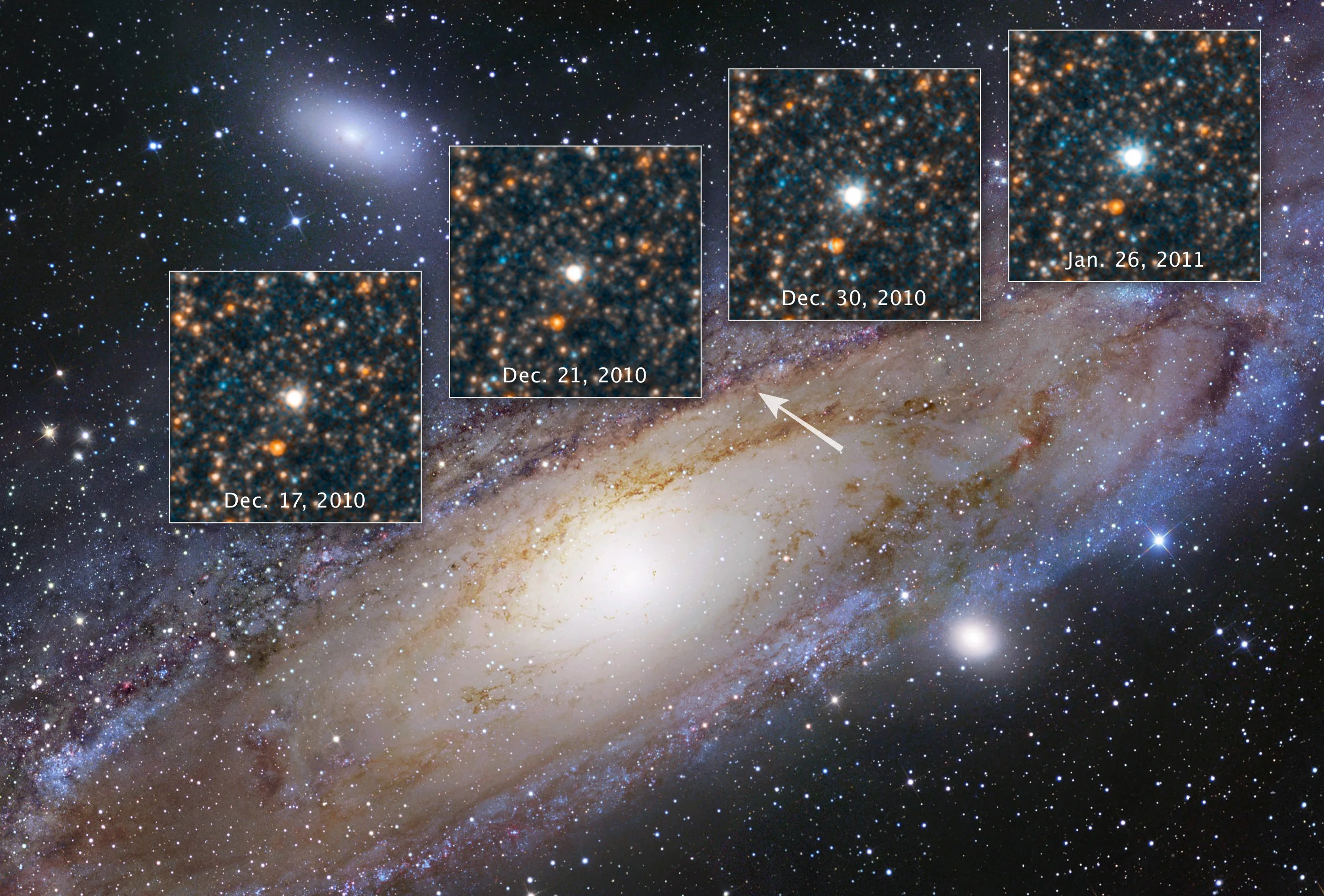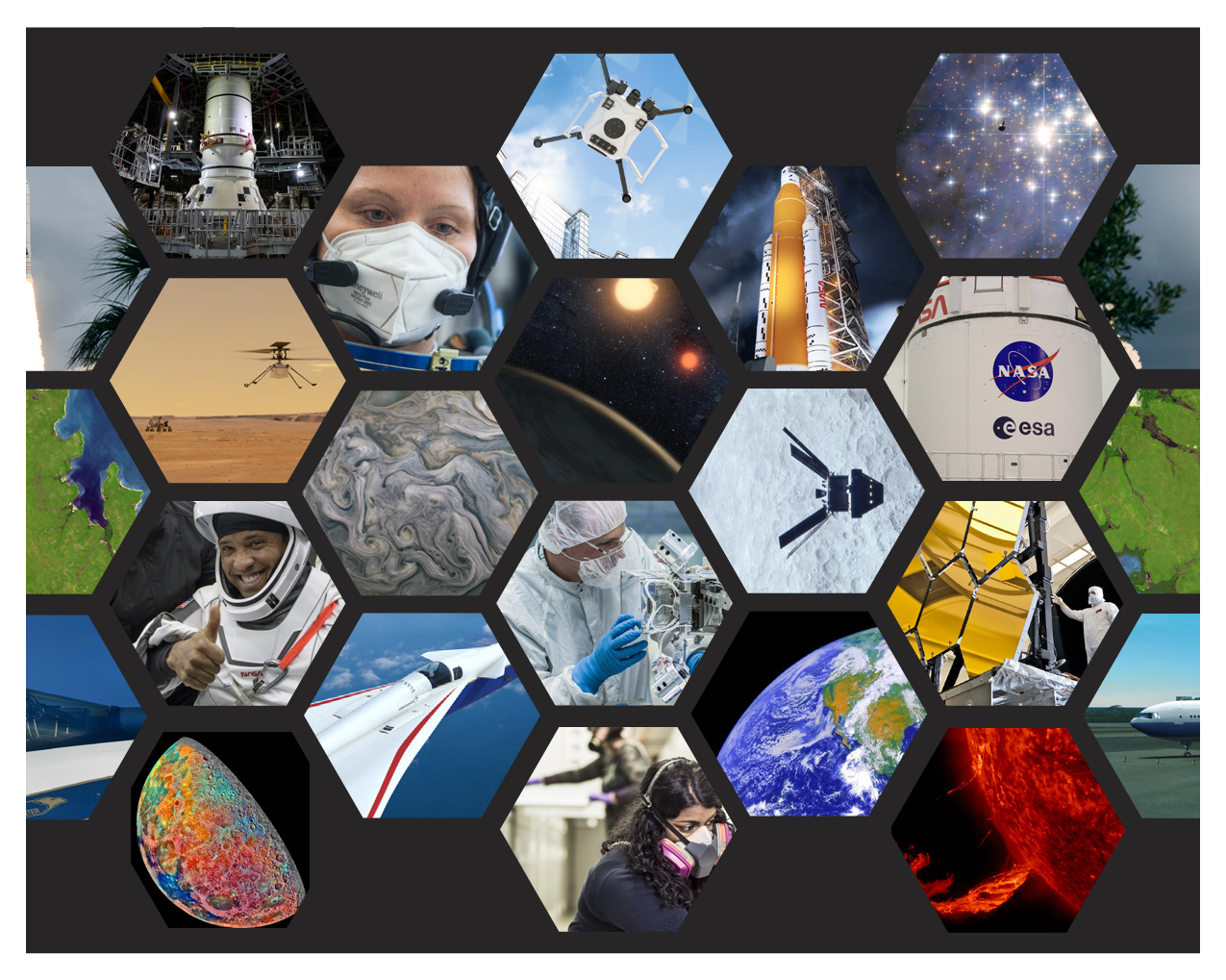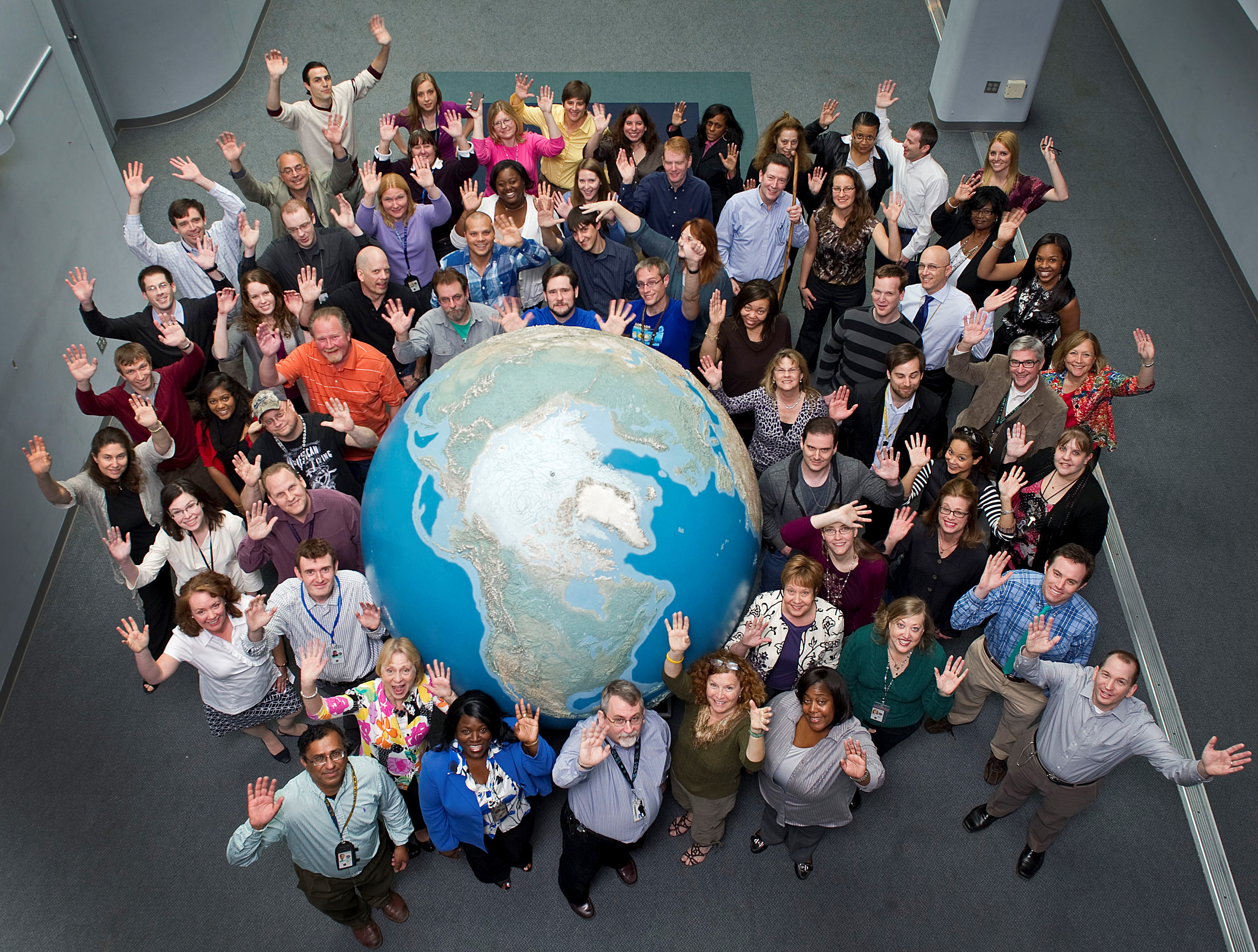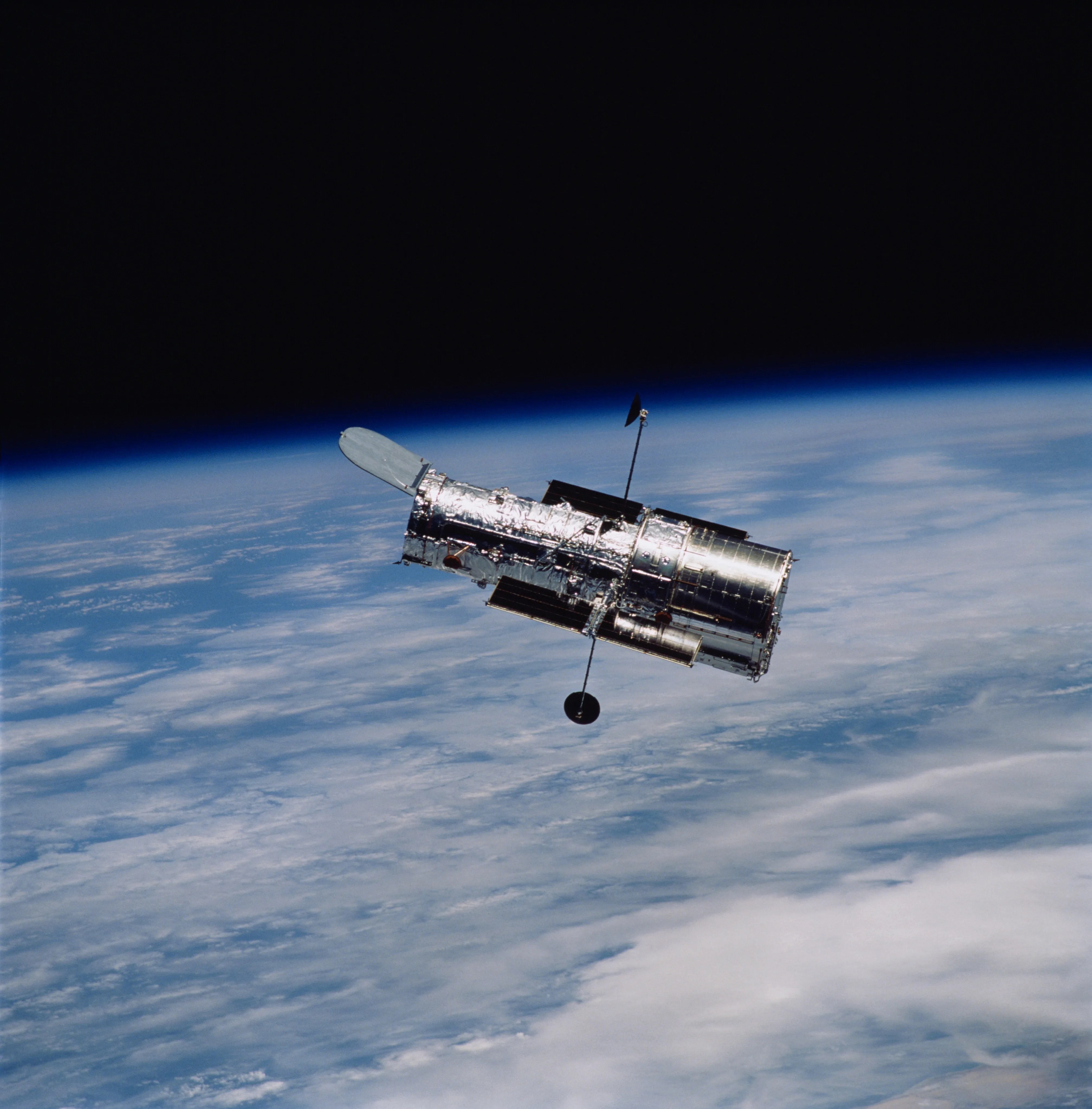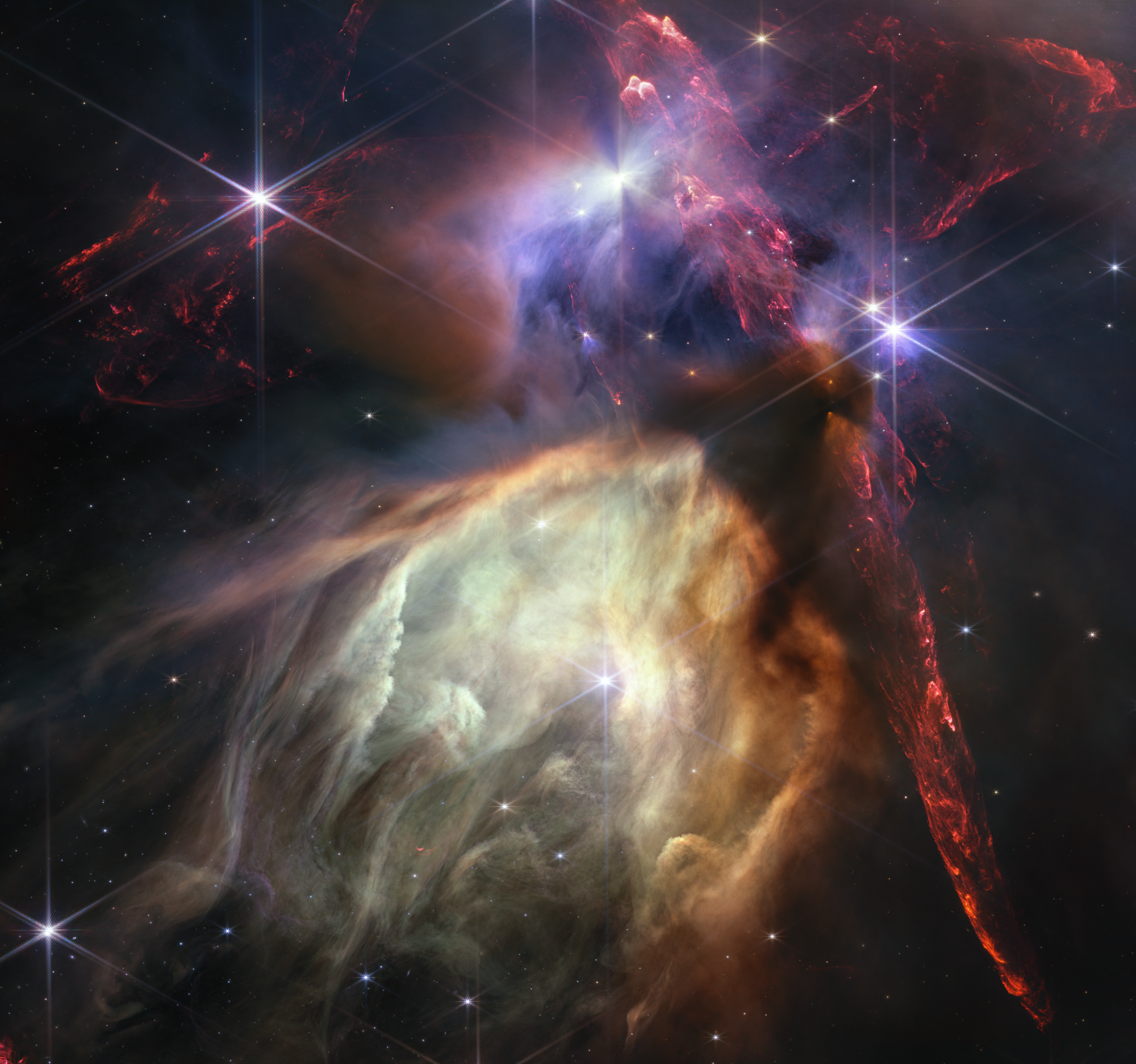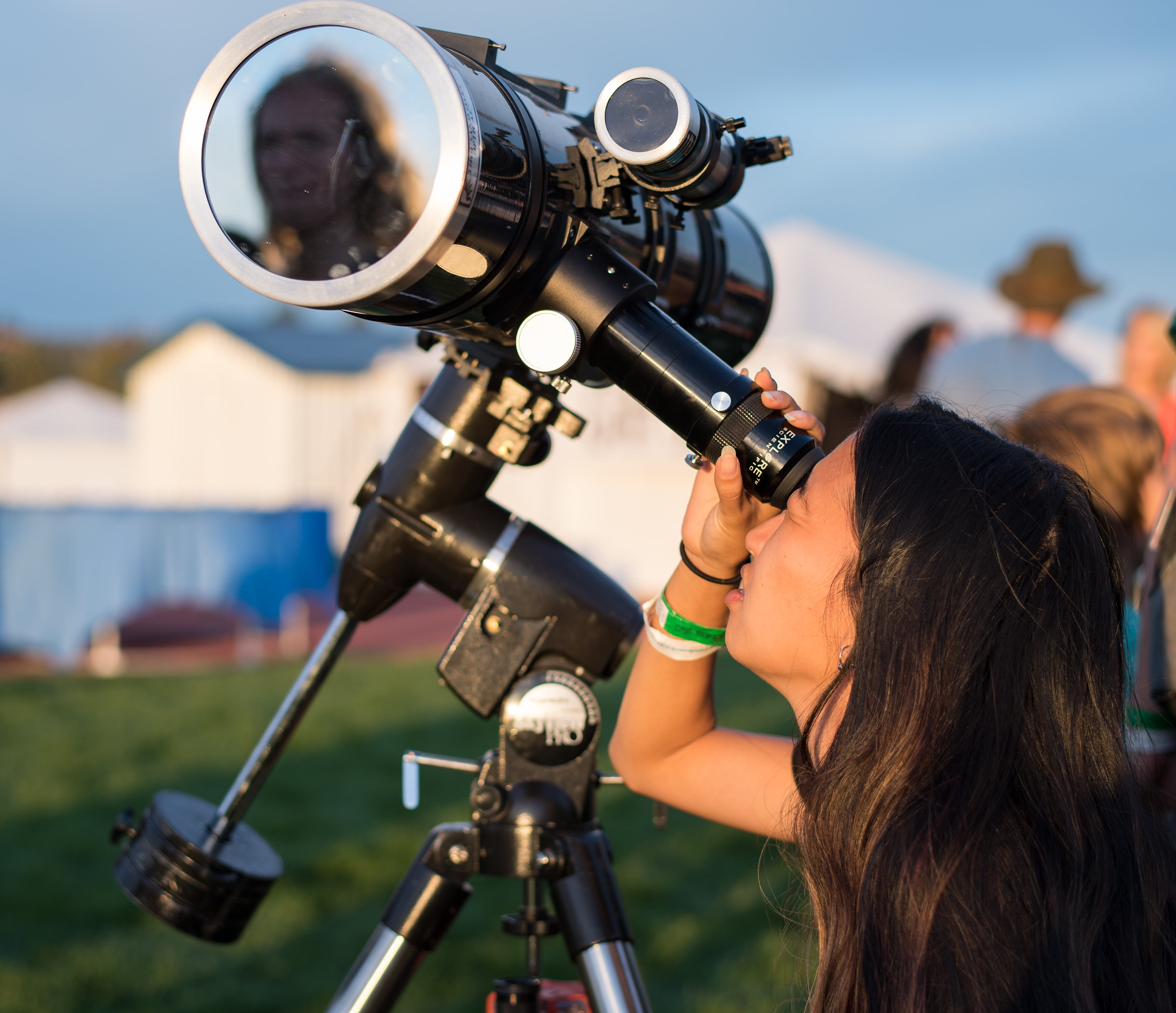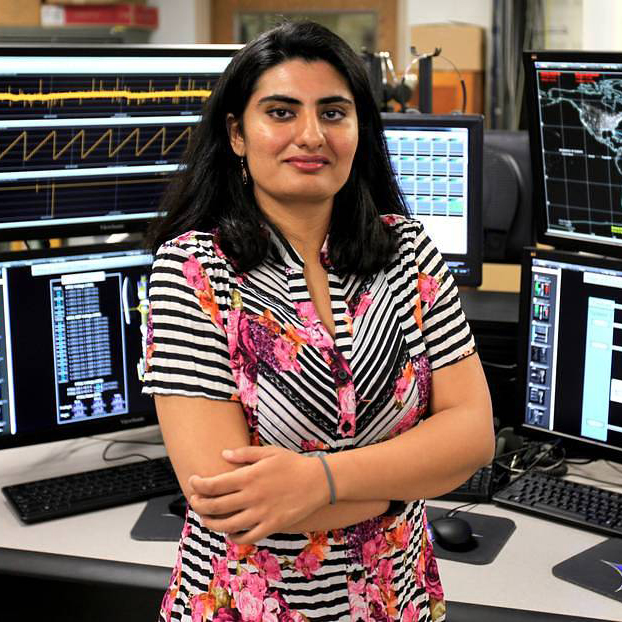NASA Science
NASA Science seeks to discover the secrets of the universe, search for life elsewhere, and protect and improve life on Earth and in space.
Unprecedented findings
January 15 launch
science payload

Featured Missions
Our mission milestones showcase the breadth and depth of NASA science.

Lunar Trailblazer
Launching in 2025, the goal of Lunar Trailblazer is to understand the form, abundance, and distribution of water on the Moon, and the lunar water cycle.

NISAR
Launching in 2025, NISAR will systematically map Earth and study changes to ice sheets, glaciers, and sea ice in fine detail, as climate change warms the air and ocean.

GeoXO
GeoXO will advance observations of Earth’s weather, atmosphere and ocean for short-term forecasts and warnings and long-term planning for the effects of our changing planet.
NASA’s Webb Reveals Intricate Layers of Interstellar Dust, Gas
Once upon a time, the core of a massive star collapsed, creating a shockwave that blasted outward, ripping the star…
Read the Story
January Image from our 2025 NASA Science Calendar
Learn about January's amazing image. Explore related topics, activities, games, and download desktop wallpaper.
Start Exploring
Firefly Blue Ghost Mission 1 Launch to the Moon
Watch Firefly Aerospace’s Blue Ghost lunar lander lift off from NASA’s Kennedy Space Center in Florida on a SpaceX Falcon 9 rocket. SpaceX and Firefly Aerospace are targeting 1:11 a.m. EST (0611 UTC) Wednesday, Jan. 15, 2025, for launch. The lander will carry 10 NASA science investigations to the Moon's surface.
Learn more about our science onboardNASA Science is Delivering
NASA Science is delivering: every second of every day, of every week, of every year. 2024 is proving to be yet another year of exceptional scientific discovery and achievement. From soft landing back on the Moon a few months ago, to celebrating the Heliophysics Big Year and a Total Solar Eclipse in the contiguous United States, to receiving stunning imagery from James Webb, NASA Science is as busy as ever. Recently launched earth science missions are also providing us unprecedented views of our planet and incredible insight into the health of our oceans and atmosphere, and helping decision-makers improve lives on Earth and safeguard our future. And we are charting a new, sustainable path for Mars Sample Return.
Looking ahead, we have many exciting launches on the horizon. At NASA, we are fortunate that our science and exploration endeavors are inextricably linked and help us discover and innovate for the benefit of humanity. Together, we explore to advance scientific understanding. Ultimately, exploration enables science, and science enables exploration.
The NASA Science team is continuing to deliver for the benefit of all.

Earth
Your home. Our mission.
And the one planet that NASA studies more than any other.

How we Look at Earth
Explore our changing planet
Earth is our home, shared with millions of species. Rapid changes like rising temperatures and more frequent extreme weather are transforming our planet. For over 50 years, observations from space and ground have monitored these changes, guiding critical decisions in areas like agriculture and air quality. By understanding how our actions affect Earth's systems, we can help mitigate these impacts. Discover more about how you can make a difference in safeguarding our planet.
Visit the Earth Information Center
By the Numbers
Science is interconnected; no important question stands alone. The Science Mission Directorate (SMD) is an organization where discoveries in one scientific discipline have a direct route to other areas of study. This flow is something extremely valuable and is rare in the scientific world.
Learn More about Science by the Numbers